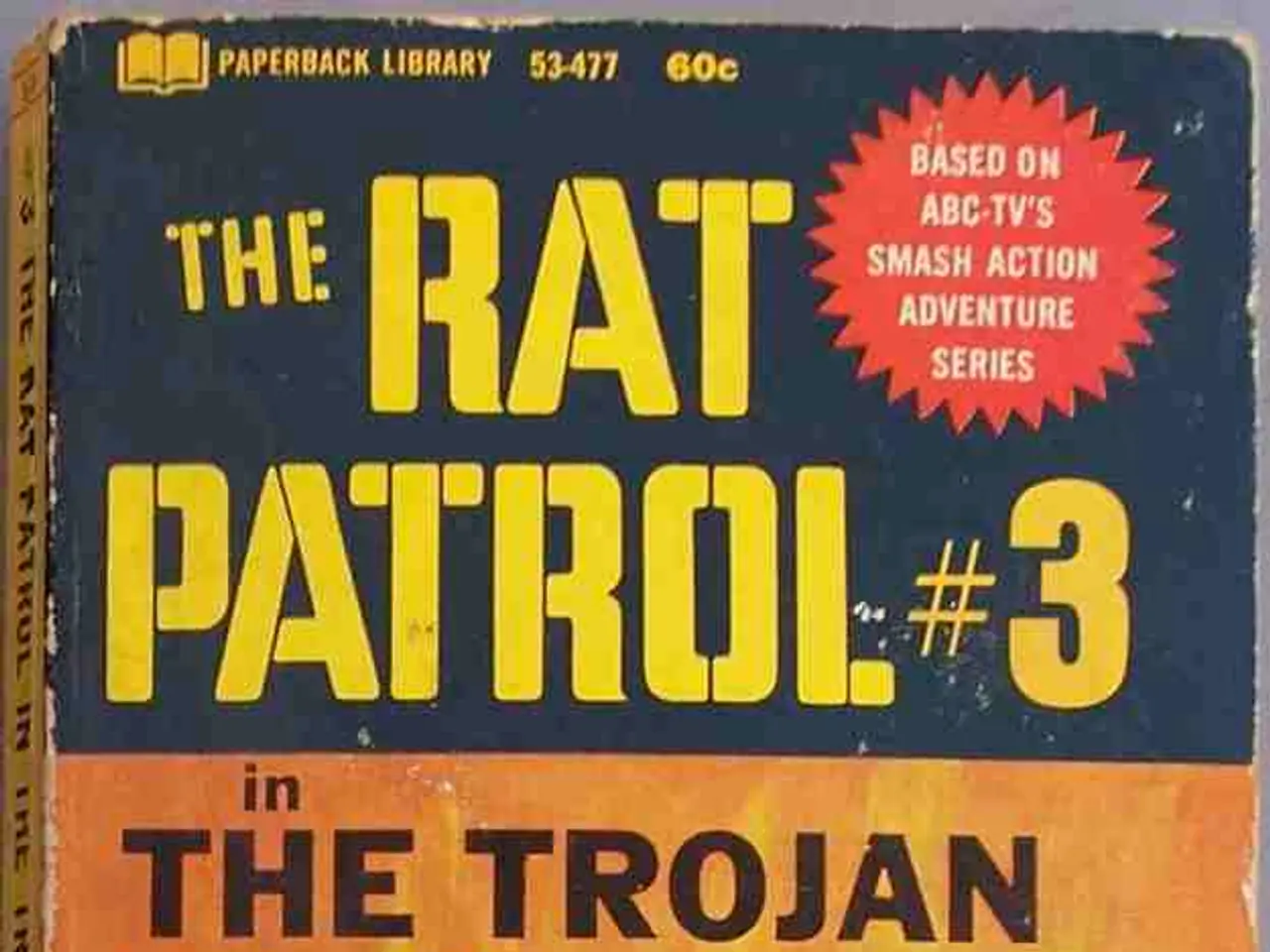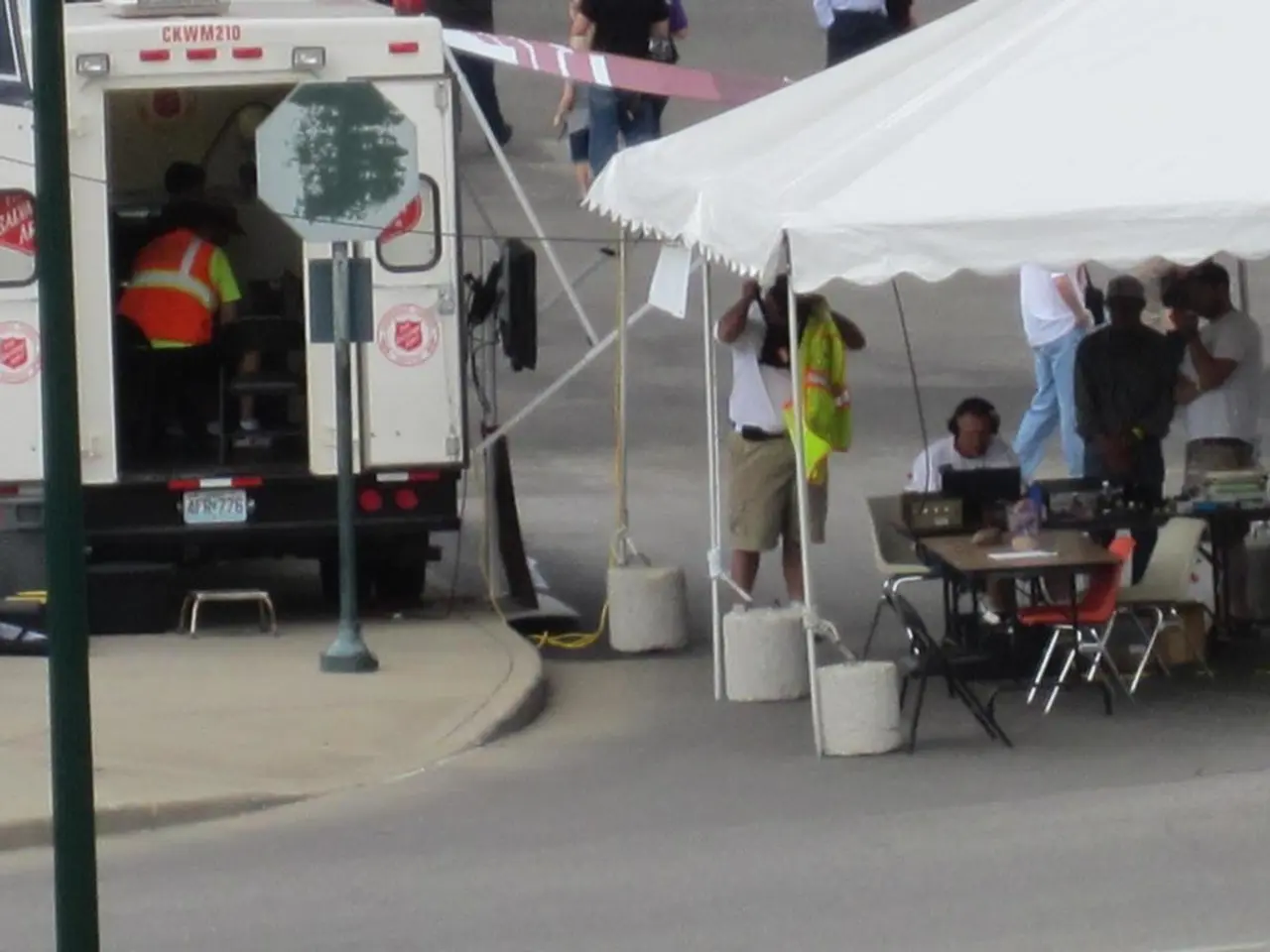Prepared Taiwanese Citizens Viewed as Resistance Fighters Amid Anticipated Chinese Invasion
In the face of the People's Liberation Army's invasion and occupation of Taiwan, a civilian resistance movement is being considered as a potential response. A retired US Army Green Beret and professor of irregular warfare has suggested key components for such a movement, focusing on a decentralized but networked civil defence system.
The proposed system emphasizes community-based training and exercises, with self-funded, civilian-led drills preparing participants for wartime emergency tasks such as search and rescue, shelter management, and medical triage. Coordination among decentralized groups is also crucial, allowing them to share practices and jointly engage in exercises with government entities like local police, social welfare, and public health agencies.
Maintaining provisional command chains in peacetime is another essential aspect, enabling stronger interfacing with formal military and governmental institutions in case of conflict. Emphasizing non-militarized civil defence is deliberate, avoiding firearms training while still building resilience in logistics, psychology, and post-occupation resistance efforts.
A networked but autonomous approach is recommended, where groups do not passively wait for government instructions but actively strengthen readiness through joint activities and communication. These components collectively aim to prepare Taiwan’s civil society for a worst-case scenario, making governance difficult for an occupying force by leveraging a resilient, coordinated, civilian-based defence network rather than relying solely on formal military defence.
If the timeline of occupation is extended and Chinese forces can successfully build up their formations, the resistance might need to focus on harassing and disrupting while trying to maintain the morale of the people of Taiwan. In such a scenario, the armed element in a Taiwan resistance would be comprised primarily of local citizens organized along military lines.
Former US Secretary of Defense Mark Esper believes that the willingness of all Taiwanese to fight for their country is the key to deterring a Chinese invasion. The public component of the resistance will be responsible for negotiations with CCP representatives on behalf of the resistance.
The parallel government, or shadow government, will replace the governance functions of the CCP's occupation representatives in Taiwan. The underground in a Taiwan resistance will have the ability to conduct operations in areas inaccessible to the guerrilla component.
The Taiwan resistance movement would require a sixth component, the government-in-exile, which will be the true government of Taiwan displaced from the island or already overseas during the invasion. This government-in-exile will need to reside in an allied or friendly country, such as the United States.
It is important to note that the government-in-exile will be recognized as a legitimate sovereign authority by some but not all nations, with many nations with good relations or high levels of economic dependence on China unlikely to recognize it. Deterrence has failed in preventing the Chinese occupation of Taiwan, and preparations for resistance must begin now.
As the situation evolves, the specific objectives of Taiwan's resistance will depend on the changing circumstances of the occupation. America and other international partners can support efforts to organize and train the people of Taiwan, with approval and guidance from the government of Taiwan, starting today. If PLA forces are not well organized after the initial invasion, the resistance might focus on defeating China's forces outright.
Civilians will represent a critical node in any strategic plan to protect Taiwan if occupation occurs. Xi Jinping's ruthlessness in controlling Taiwan is more severe than the crackdowns in Xinjiang, Tibet, and Hong Kong, making it essential for Taiwan and its supporters to prepare for the invasion and potential occupation today.
- The proposed civil defense system in the face of a People's Liberation Army invasion emphasizes intelligence in logistics, psychology, and post-occupation resistance efforts.
- In a worst-case scenario, it is crucial for the resistance to maintain security through coordination among decentralized groups and joint exercises with government entities.
- An autonomous approach to civil defense entails special operations in areas inaccessible to the guerrilla component, while the public component focuses on general-news negotiations with Chinese representatives.
- A networked civil defense system in Taiwan would require a military-like structure for harassing and disrupting Chinese forces during extended occupations, enhancing counterterrorism strategies.
- The war-and-conflicts scenario necessitates the establishment of a government-in-exile, which will reside in an allied or friendly country like the United States and be recognized as a legitimate sovereign authority by some nations.
- In light of the impending threat, preparations for resistance must follow a clear strategy, encompassing crime-and-justice measures to maintain the morale of the people of Taiwan and combat political repression.
- A successful civil resistance movement relies on the collective intelligence and leadership of its citizens, acting as the backbone of defense in the face of warfare and enemy occupation, with support from international partners.








